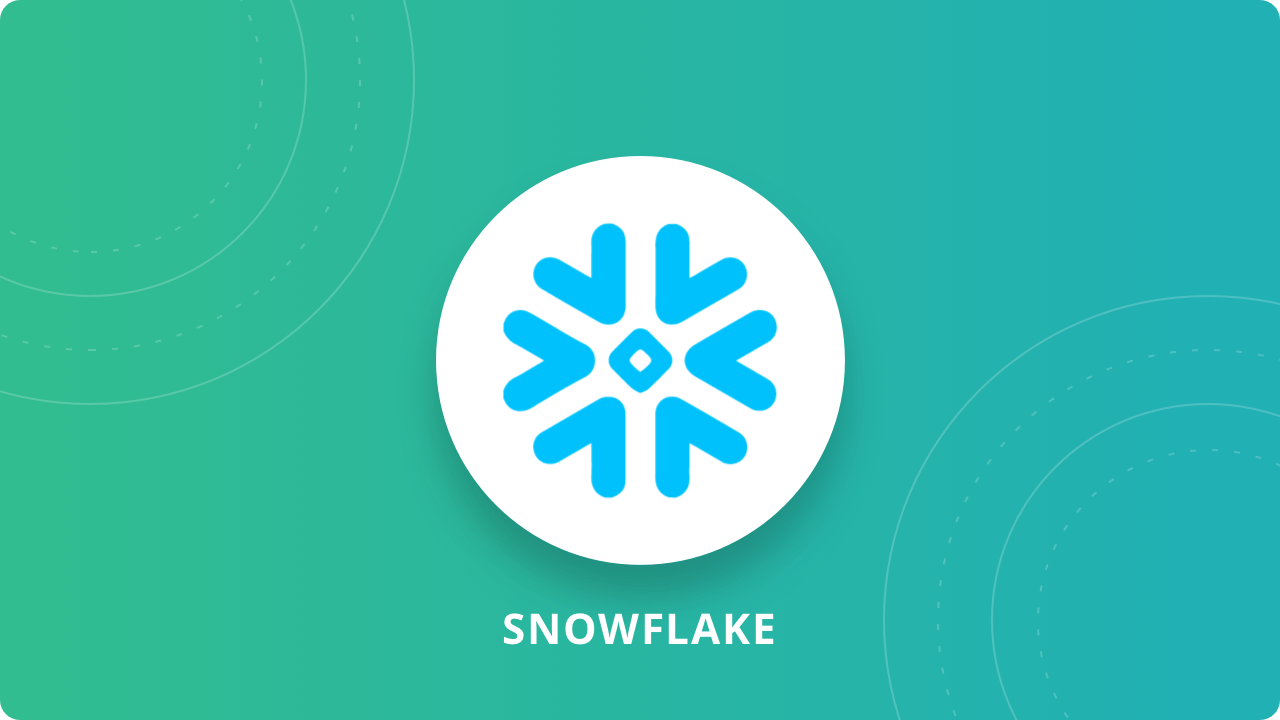A Step-by-Step Guide to Snowflake Cloud Data Platform
A Step-by-Step Guide to Snowflake Cloud Data Platform –
Huge volumes of data are generated by businesses today. “Big data” is increasingly becoming omnipresent and crucial to organizations that are now finding it increasingly difficult to set up and maintain cumbersome and unwieldy existing databases and platforms. On-site systems are often difficult to scale and complex with big data tools requiring constant tuning. Most administrators also do not have the expertise on how to do so. These are some obstacles that can be overcome but at huge costs that are often beyond the means of even the most fiscally sound businesses.
This is where Snowflake comes into the picture like a breath of fresh and cool air. Snowflake is a cloud-based data warehouse offering an almost unlimited platform for storing and retrieving data. As distinct from the conventional architectures which were single-cluster shared-disk or shared-nothing types, Snowflake has a multi-cluster shared data architecture that is both scalable and dynamic, mainly because of its enterprise-class cloud-based storage systems. Even though all the multiple clusters provide access to the same underlying data, they operate independently and without contention. This enables easy and quick simultaneous running of heavy queries and operations.
The focus of any business is always on data security and safety as competitors are always on the lookout for data leaks that can open the doors to classified information. Here Snowflake reigns supreme as it automatically encrypts all data. Multi-factor authentication and federated authentication are available which further strengthens data security.
Also Read – Top 5 Technology Trends To Follow In 2020
Snowflake provides granular access control on all objects and actions which means that all communication between users and database are encrypted. Access control auditing exists and is available on every aspect from data objects to activities within the database itself through third-party certification and validation to make sure that security standards like HIPAA are complied with. All that is required in the Snowflake environment is to load data and query it and Snowflake does the rest.
Snowflake has recently launched its new feature – Database Replication. Customers using the Snowflake Standard version and above will further get the benefits of non-business continuity and disaster recovery scenarios. It includes securing data sharing across clouds and regions and ensuring data portability to facilitate migrations. The existing Enterprise for Sensitive Data (ESD) version will now be termed Snowflake Business Critical (BC) edition. It has a new feature called Database Failover and Fallback which offers business continuity. Organizations are charged for this feature only if used.
There are several benefits of data replication to Snowflake –
- Instant Recovery in case of an outage – In case of an outage, the Database Failover, and Failback feature ensures instant failback and failover operations for seamless data recovery. If an outage occurs, users can initiate a database failover to raise secondary databases that are available in the region. These then serve as primary databases for write overloads. As soon as the outage is resolved, users can perform a database failback which is a failover in the reverse direction so that normal business operations can be resumed.
- Data freshness and near-zero data loss – Users can determine the periodicity and frequency at which data replication to Snowflake This helps to meet specific requirements for data freshness (data sharing use case) or maximum acceptable data loss (Business Continuity Disaster Recovery use case). Snowflake replication supports incremental refreshes only in which the changes that have been made since the last refresh are replicated, thereby assuring a quick replication process.
- Security – One of the strengths of Snowflake is that all data in transit between locations and cloud providers are encrypted. This feature has been extensively discussed before.
- Replication in real-time – A great advantage of data replication to Snowflake is that the process happens in real-time and in case of data recovery, the time taken does not rest on the volume of data. In the case of a disaster in one region, organizations can immediately access and control data that has been replicated in a different cloud service or region.
Snowflake is structured to be a complete SQL database. It works well with Excel, Tableau and other tools that any user will be familiar with. All requirements of the SQL database are met by Snowflake through query tools, full DML, multi-statement transactions, and role-based security support.
Snowflake is highly scalable for all applications and users. It compartmentalizes storage, computes and carries out metadata management and can separate trillions of rows quickly and effectively. Both compute and storage can be seamlessly scaled up and down whenever necessary. Unlike traditional databases where operations are shut down for overnight batch loads, Snowflake allows the loading of new data throughout the day even when queries are being run. User groups and applications can create clusters that do not impact each other, yet all point back to the same common pool of data.
In traditional databases, administrators have to build indexes to tune and partitions. In contrast, Snowflake requires zero-management from the end-user as all processes are done automatically. This eases workflow and quickens operations as users have to just load all their data and queries without being constantly monitored and tightly supervised by database administrators.
It is also possible to store different types of data in Snowflake data warehouse in one accessible place by leveraging the cloud. It can not only store all structured and semi-structured data generated by businesses, but the more powerful features of Snowflake also can load directly semi-structured data without any preparation or schema definition by the end-user.
Finally, Snowflake Secure Data Sharing helps organizations to share data securely and in real-time. Organizations can share governed data between subsidiaries, departments, and operating groups or even externally with vendors, customers, suppliers, and partners. A part of this data can even be monetized through external data sharing to create new revenue streams. This new approach to data sharing provides any business with easy access to shared data so that they can be combined with existing data for new and more incisive insights.
Also Read – 5 Effective Ways To Improve Information Security In 2020





